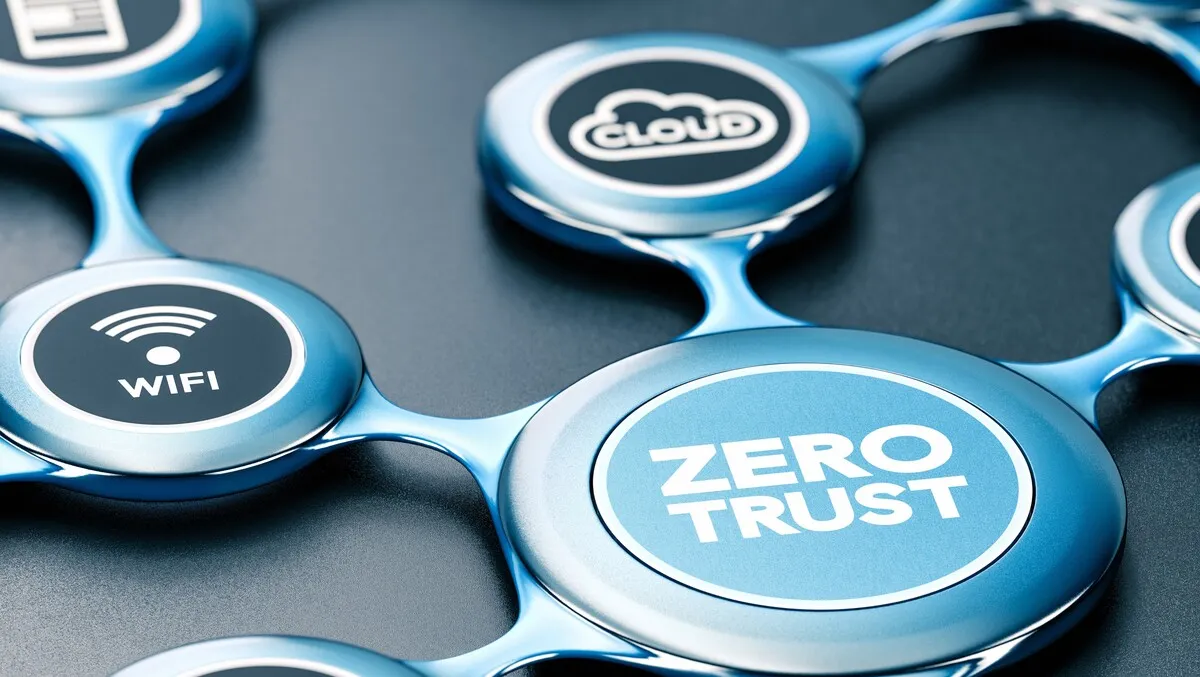
Getting people to trust zero trust - Watchguard Technologies
Zero trust is a cybersecurity approach that challenges the traditional model of assuming trust within a network. Instead, it operates on the principle of "never trust, always verify." In a zero trust architecture, every user, device and network component is treated as potentially untrusted, regardless of their location or previous authentication.
Zero trust doesn't mean "no trust" but rather zero implicit trust (user X is inside my security perimeter) and the use of risk-appropriate, explicit trust (user X is authenticated with multi-factor authentication (MFA) from a company laptop with a full security suite).
Zero trust implements strict access controls and authentication mechanisms that continuously verify and validate each user or device before granting access to resources.
It relies on multiple layers of security controls such as MFA, encryption and micro-segmentation, minimising the attack surface and limiting lateral movement in the network.
By adopting a zero trust model, organisations can reduce the risk of unauthorised access, data breaches, and lateral movement by cyber attackers. It helps protect critical assets and sensitive information by ensuring only authorised entities can access them, even from within the organisation's network.
Simply put, a zero trust approach provides a higher level of security in today's increasingly complex and interconnected digital environments, where traditional perimeter defences are no longer sufficient.
The complexity of modern business structures and the rise of digital transformation are inspiring organisations to rethink security. Taking risk-appropriate steps and creating more policy-based controls are becoming top priorities to enable secure access -- no matter how diverse or disruptive the current landscape is.
Even though organisations recognise the need to adopt zero trust concepts, getting the resources and funding to do so remains challenging. A recent Zero Trust Security Strategy Adoption Survey in enterprises reveal that most decision-makers are currently implementing a zero-trust security strategy (59%), while 79% of the remaining 41% plan to do so in future.
In today's evolving threat landscape, where ransomware attacks, a hybrid workforce and cloud adoption are increasingly common, organisations must apply robust security solutions to protect their valuable assets, such as zero trust.
Zero trust represents a paradigm shift in security objectives, involving continuously assessing and calculating adaptive trust, using identity and context as the basis for making access decisions. Implementing a robust identity access foundation is crucial for zero trust to thrive.
From a business perspective, zero trust architectures enhance overall security by reducing the risk of malware infections and minimising the potential spread of attacks.
Zero trust helps enable more secure remote working, allowing employees to access resources from any device, anywhere, at any time.
A zero trust architecture streamlines cybersecurity measures, providing consistent security controls and user experiences, regardless of location. This ensures a stronger, more unified approach to security across the organisation.
It also enables secure and identity-based adaptive controls, facilitating the secure use of cloud computing resources. It supports migration from on-premises to cloud-based solutions.
Zero trust is more than just a product or a set of products. It represents an architecture that transcends network boundaries and can be applied across multiple facets of cybersecurity. Traditionally, security architectures relied on hardened perimeters and trusted networks within physical locations, creating vulnerabilities for remote workers and increasing fragility.
Zero trust seeks to create highly resilient and flexible environments by assuming compromise and verifying connections. By adopting the principle of "never trust, always verify," organisations can better prevent and manage security incidents.
As organisations face increasingly sophisticated threats, zero trust emerges as a crucial approach to enhance cybersecurity and enable the future of work. By shifting from implicit trust to explicit, adaptive trust, organisations can improve their security posture, reduce risk and support the evolving needs of a hybrid workforce.
Zero trust architectures provide flexibility, resiliency, and streamlined cybersecurity measures, enabling organisations to thrive in a connected world.
Embracing the principles of zero trust is a proactive step toward securing critical assets and protecting against emerging threats. WatchGuard can help with any organisation's journey to zero trust with its range of network security products – which allows you to protect devices, users and data from malware across your entire network from a single platform.
AuthPoint is WatchGuard's Multi-Factor Authentication (MFA) solution, helping protect identities, assets, accounts and information.
Meanwhile, the company's advanced endpoint security solutions mean users can confidently apply zero-trust with 100% classification and advanced prevention, detection and response actions.
Adopting zero trust security helps reduce costs and centralise security management. The biggest hurdle is simply getting board room buy-in – before it's too late.

